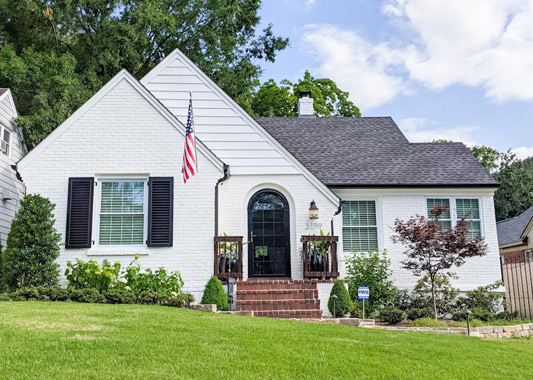SICK BUILDING SYNDROME (SBS)
The World Health Organization (WHO) estimates that 20% of the USA, and 20% of the Western Hemisphere population is subjected to Sick Building Syndrome (SBS), attributed to poor ventilation, high levels of chemical and microbiological pollution–such as VOC emissions–and mold (related to non breathable materials such as plastic and latex, and humidity caused by lack of capillarity action of external walls to absorb toxins and move them and moisture through the walls to the outside).
 Modern habitations contain a pollution level that contributes to a combination of symptoms, sometimes acute, that result in increased aggravation or direct/indirect causes of:
Modern habitations contain a pollution level that contributes to a combination of symptoms, sometimes acute, that result in increased aggravation or direct/indirect causes of:
| Asthma | Fatigue | Cancer |
| Acute Allergies | Vertigo and Nausea | Liver and Kidney Damage |
| Irritation of the Eyes, Nose, and Skin Ailments | Tiredness and Loss of Concentration | Central Nervous System Damage |
| Headaches | Memory Impairment |
The major part of these aliments disappear or diminish substantially when the inhabitants of work or home spaces of those polluted interior spaces have left the premises for over several hours. According to the World Health Organization (WHO) these health issues is characteristic of many new constructions for offices, houses, or renovations, in which numerous synthesis of substances sold in the building market, in the name of energy reduction, actually provide little ventilation and breathability when applied in construction. Common materials that can cause related problems to health are Portland Cement products, window and door caulks, spray foams, and fiberglass for wall insulation, construction glues, wall paints, polyurethanes, sealers, and carpets; all of which may reduce the capability of your house to breathe correctly and remove toxins naturally. Other causes of SBS can occur from detergents, soaps, house cleaners, solvents, and air fresheners. A house or building that does not breathe is transformed into a stagnated environment and exposures over long periods of time can result in some of the health issues described above.
Notwithstanding outdoor pollution and ozone, the outdoor air is far healthier than the interior air of our homes, including the use of central AC and heat systems. Statistics indicate that symptoms related to SBS show significant reductions when humans are not exposed to long time periods in polluted environments and spend greater time outdoors.
STATISTICS USA (SBS):
Compiled by WHO statistics available on the their website www.who.int.
64 million Americans or approximately 50% of the workforce have complained of SBS style symptoms. 23% of those 64 million report that their symptoms improve after leaving their work environment.
There is limited information available but current studies show that on an average of four (4) tests, results yielded a 14% decrease in productivity. If you multiply this by the estimated sufferers of Sick Building Syndrome (SBS), this would represent a 3% decline in productivity nationwide. The estimated money lost due to our unhealthy buildings could be as much as $60 billion. These losses result in using building technologies that though currently available, are dismissed or ignored, have not been incorporated into current building codes, or ignored by building material suppliers, builders, and builder associations. By improving our work environment, we could save $10 – $23 billion in reduced instances of respiratory illness–$3 ‐ 6 billion could be saved due to reduced allergies and asthma. Over 20 million people are inflicted with this condition in the USA. 6 million of those people are children. In fact, asthma is the most common serious chronic disease in children, and is the 3rd ranking cause of hospitalization in children ages 15 and younger. Over 14 million school days are lost due to asthma, with an attendance of 68.5 million children who attend over 117,000 public and private elementary and secondary schools in the nation. Ten million out patient hospital visits are attributed to asthma, coupled with 2 million emergency visits and over 4500 people die every year due to asthma related problems.
Using proper building materials and technologies currently available and more importantly, using some technologies that have existed for over 2,000 years, could effectively reduce health problems caused by SBS by as much as 80%.



 Photo Credit: Caldwell House, TN
Photo Credit: Caldwell House, TN